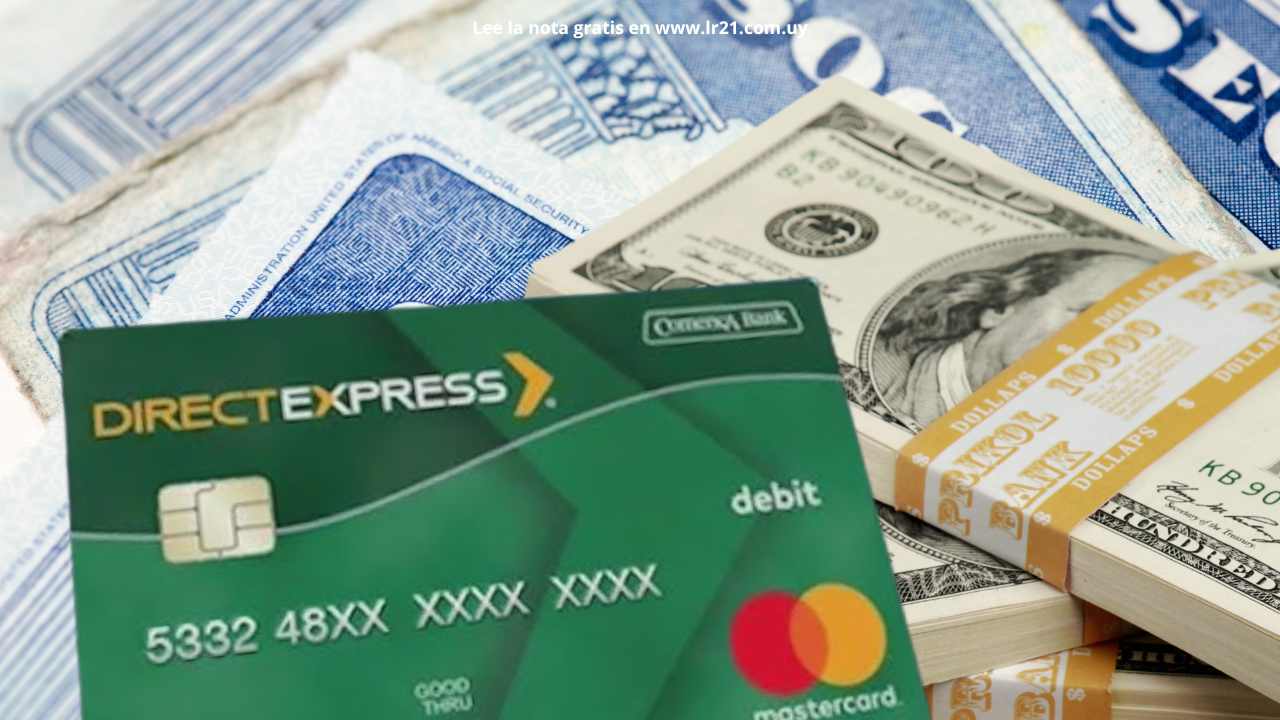For millions of Americans who rely on Social Security Disability Insurance (SSDI) (or Supplemental Security Income, if that’s the case), the July 2025 payment schedule brings certainty and tangible financial relief.
The Social Security Administration (SSA) maintains its birthdate-based deposit structure, but this month brings a significant development: some changes are expected to happen very soon, regarding a payment method shift that will urge half a million Americans to change to digital
Payment dates for workers claiming SSDI benefits
The month begins with SSI beneficiaries. They will receive their lump sum payment on Tuesday, July 1. This advance payment is standard when the first falls on a business day, with amounts as high as $967 for single individuals and up to $1,450 for couples..
Regarding the SSDI payments, they could go up to $4,018 for workers who had enough work credits to claim the benefits, and that also had the highest taxable income, according to the SSA’s standars.
Now, the upcoming payments for the month of July are:
- Wednesday, July 9: Beneficiaries born between the 1st and 10th of the month.
- Wednesday, July 16: Born between the 11th and the 20th.
- Wednesday, July 23: Born between the 21st and the 31st.
There is one group with a special date: those who began receiving benefits before May 1997, or who receive SSI and SSDI together, will receive their benefits on Thursday, July 3. This phased distribution, implemented since 1997, facilitates SSA’s administrative management and helps beneficiaries with their monthly financial planning.
A historic transition: the end of paper checks
July also serves as a reminder of a momentous change on the horizon. By executive order, the federal government will permanently eliminate paper checks for all federal benefits, including SSDI and SSI, starting September 30, 2025. “Goodbye paper checks! This is how the transition to electronic Social Security payments will look in the US,” one X user noted, reflecting the attention this change is generating.
The measure requires payments to be received via direct deposit, prepaid debit cards (such as Direct Express), digital wallets, or real-time transfers. The goal is clear: to reduce processing costs and minimize fraud. However, it raises concerns among vulnerable populations, such as older adults or people with certain disabilities, who may have difficulty using digital technology or limited access to banking services.
The SSA has announced exceptions for those who demonstrate an inability to use electronic methods, but the specific details remain crucial.
What if your payment didn’t arrive on time?
Given this situation, you should act as soon as possible. Beneficiaries should urgently update their banking information in their “my Social Security” account to ensure smooth direct deposits. Those still receiving paper checks should act before September 30th: sign up for Direct Express or set up a traditional bank account.
If a payment doesn’t appear on the expected date, the protocol is clear: first check with your bank. If the problem persists, the next step is to contact the SSA by calling 1-800-772-1213 or visiting a local office.
Despite recent operational cuts at the SSA that create some uncertainty about processing times, especially for disability cases, no changes are expected in the amounts or mechanics of deposits scheduled for July.




